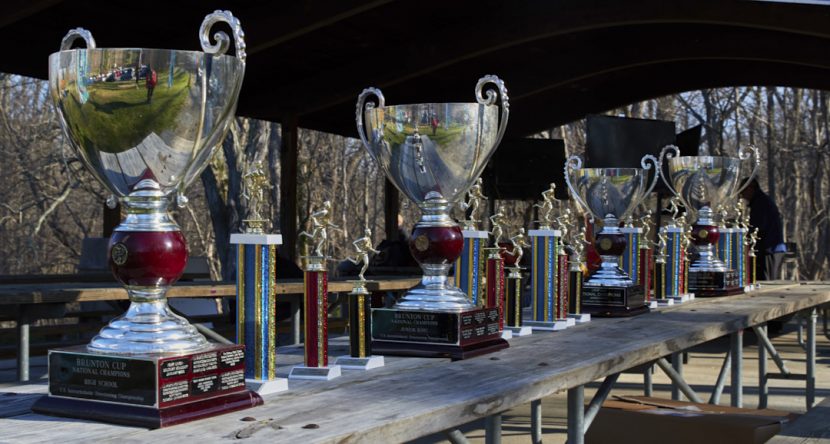JTESC Announces National Junior Program Athletes
The Junior Team Executive Steering Committee (JTESC) is excited to announce the USA Junior National Team and the Junior Development Team athletes for 2020.
This year will see changes in the National Junior Program as we move to expand the National Junior Program (NJP) support structure for both the athletes and the Junior National Coach (JNC) (to be named), by adding local and regional coaches and mentors who will assist and be guided by the JNC. Here are the athletes:
2020 Junior National Team
- Diana Aleksieva,QOC
- Jessica Colleran, COC
- Julia Doubson, BAOC
- Christiane Fletcher, GAOC
- Bridget Hall, NEOC
- Keegan Harkavy, NEOC
- Thomas Laraia, MNOC
- Kirsten Mayland, DVOA
- Alexis Merka, QOC
- Kai Mihata, COC
- Aidan Minto, ICO
- Anthony Riley, DVOA
- David Runde, MNOC / Kristiansand OK (NOR)
- Emilia Schmidt, QOC / Tampereen Pyrintö (FIN)
- Adrian Vartia, DVOA / OK Löftan (SWE)
2020 Junior Development Team (as of 2/1/20)
- Benjamin Brady, COC
- Anna Campbell, NEOC
- Victor Frolenko, DVOA
- Priscilla Kelley, OCIN
- Zachary Kuder, QOC
- Sam Loustaunau
- Annika Mihata, COC
- Ethan Powers, OCIN
- Oriana Riley, DVOA
Please note that we are still accepting applications for the National Junior Program Junior Development Team (JDT), and will be doing so throughout the year.
We encourage all juniors, ages 13-20, who run confidently at the Orange level (or above), and want to connect with other young people who love orienteering and take their orienteering to the next level, to join the 2020 JDT.
Guy Olsen JTESC Chair

